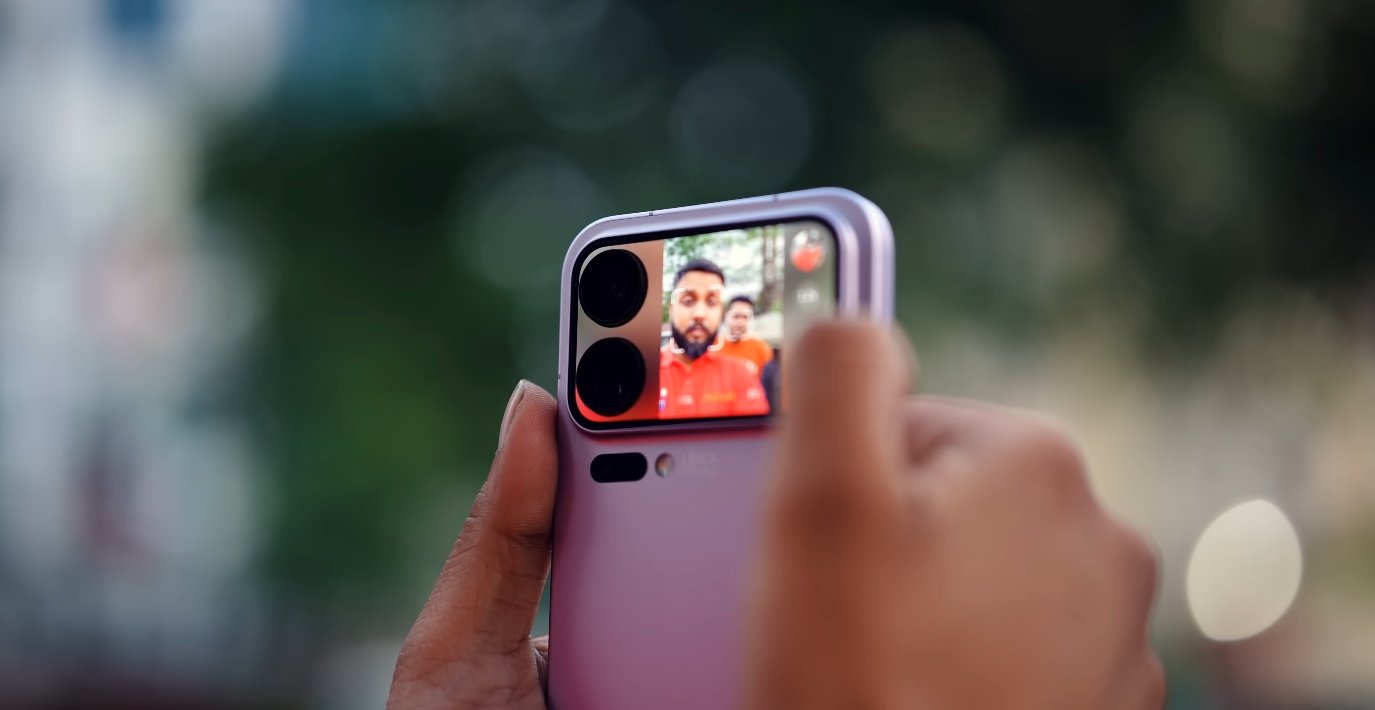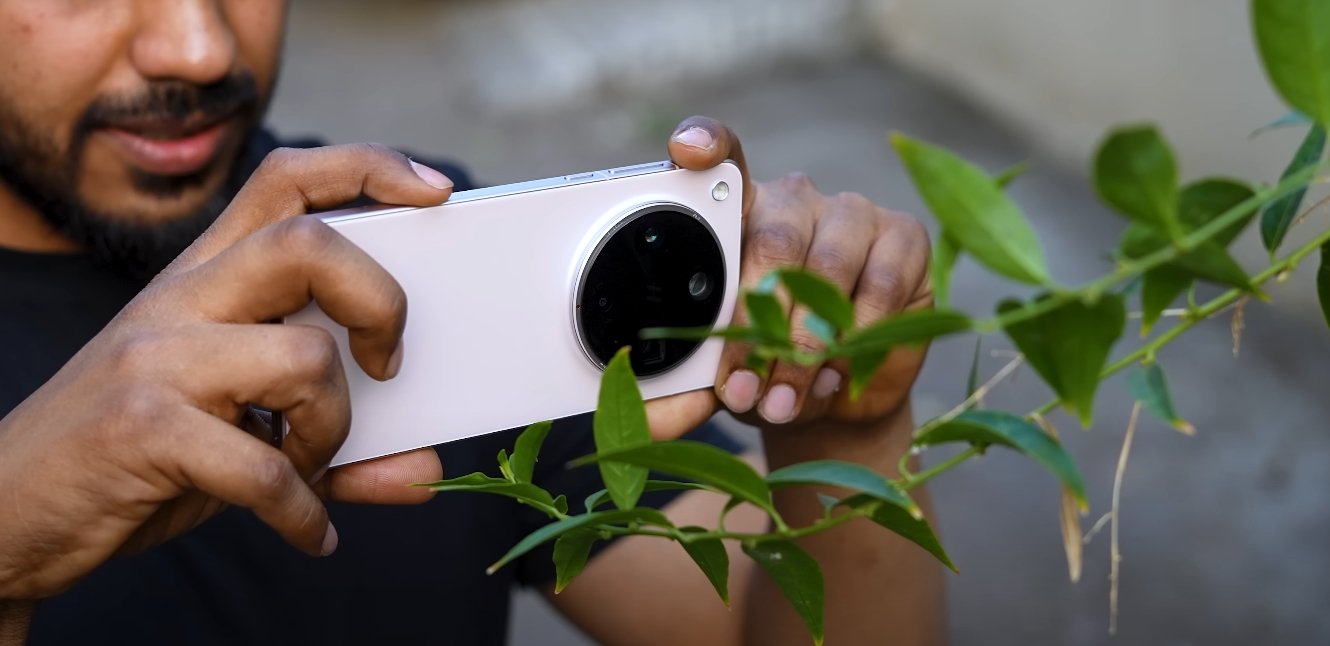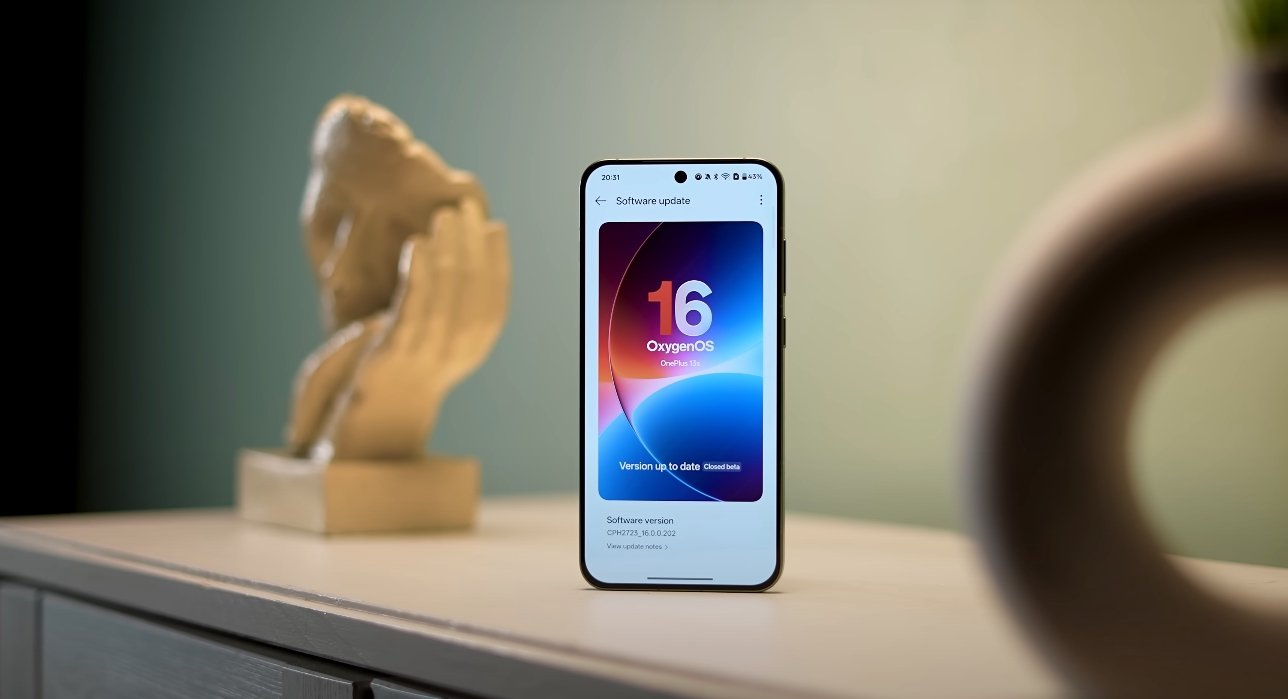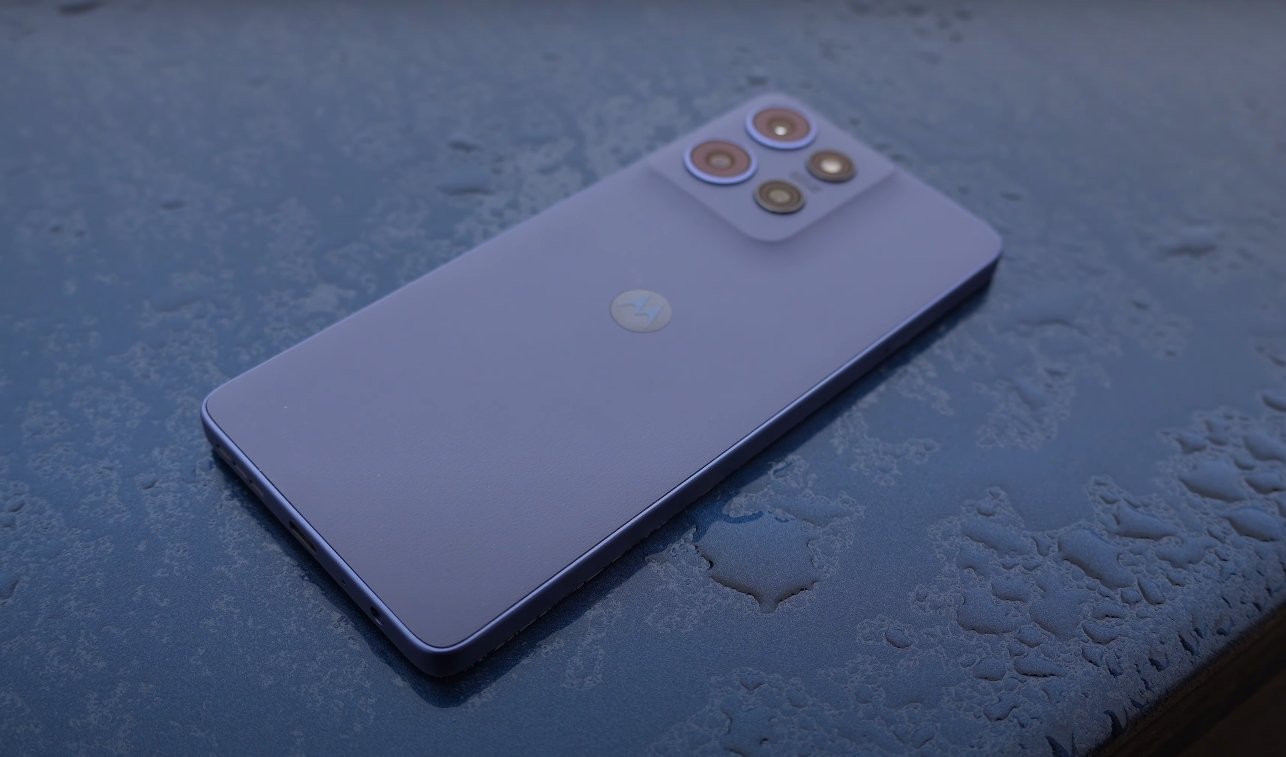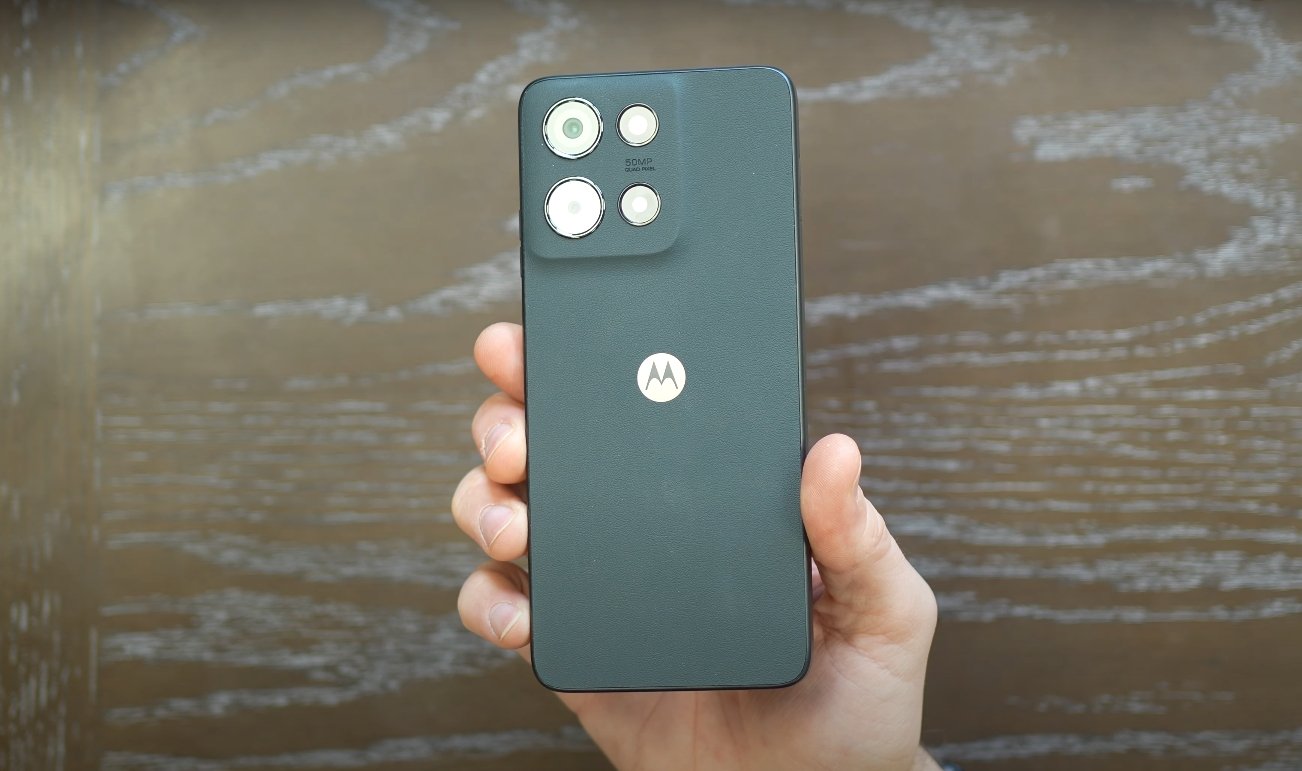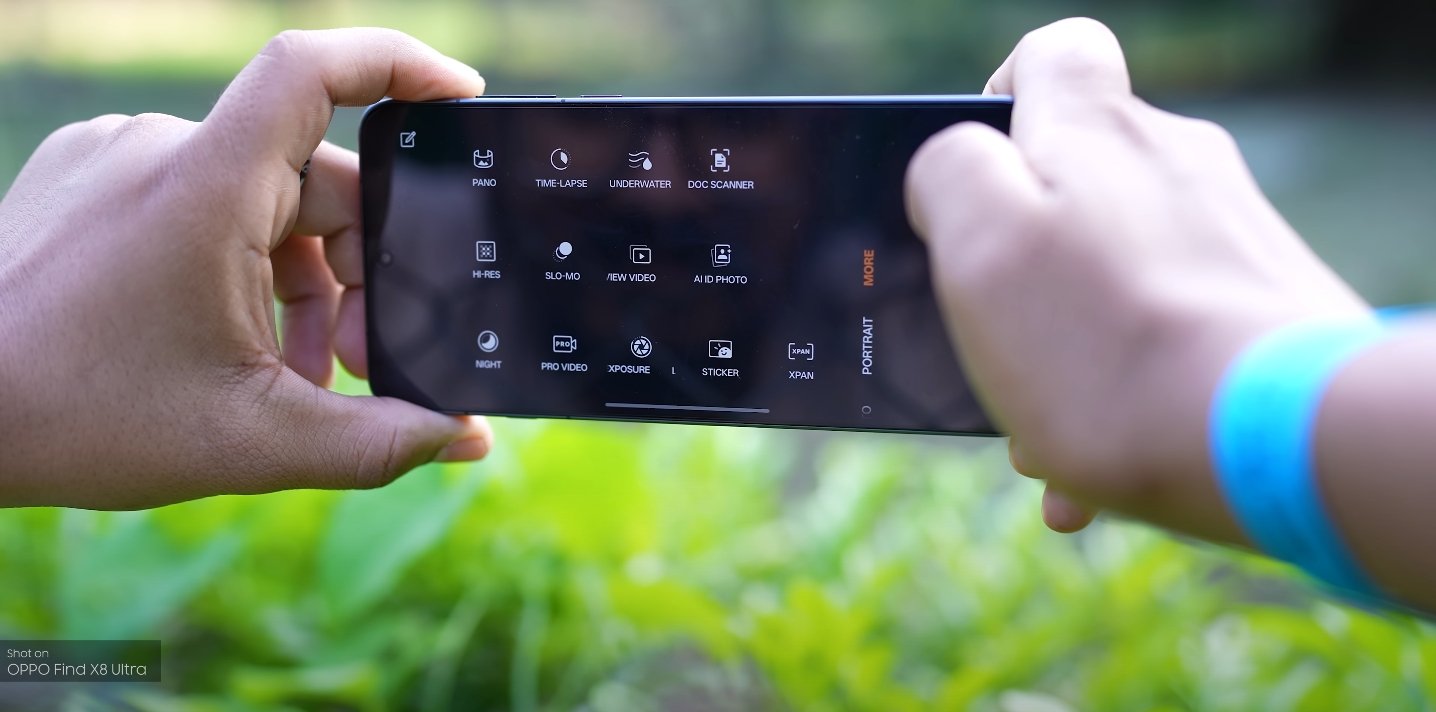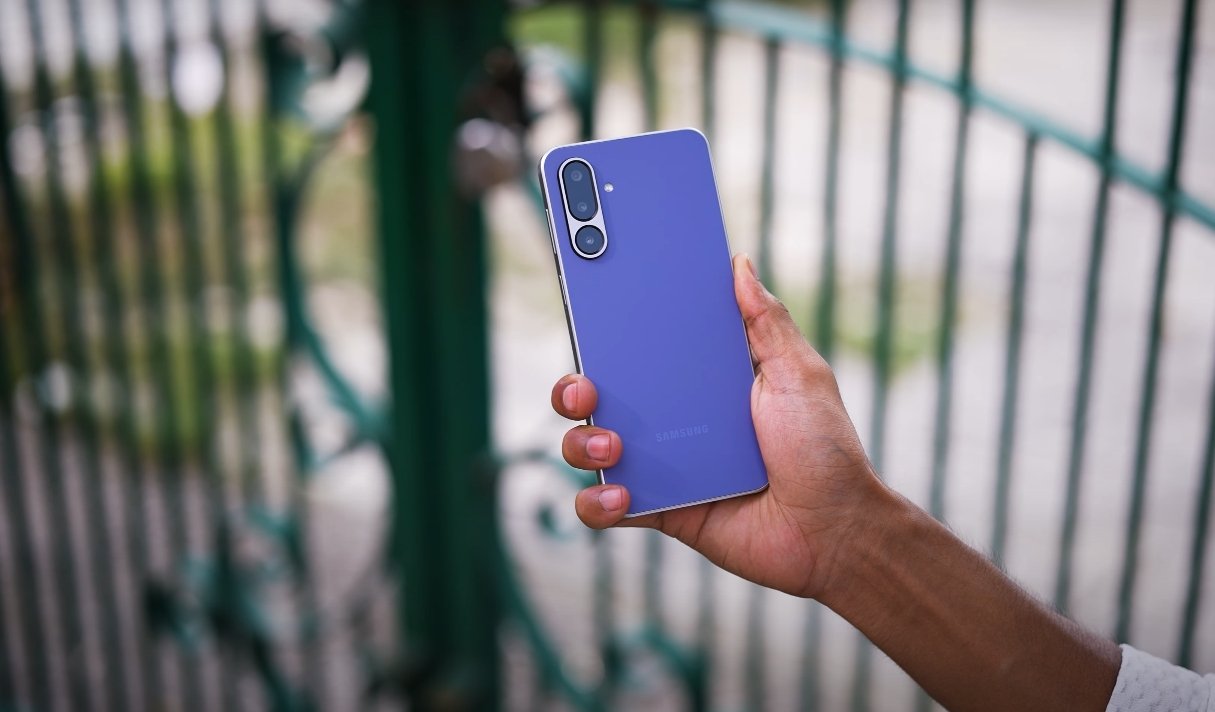Camera Comparison Between Two Flagship Giants
The competition in flagship smartphone photography has reached new heights, and the Xiaomi 17 Pro Max and OnePlus 13 Ultra are clear examples of that. Both phones aim to deliver professional-level image quality, offering users the ability to capture real-world moments with stunning accuracy and detail. In this comparison, we take a closer look at how their cameras perform in actual photo tests, analyzing color tone, sharpness, low-light capabilities, and overall imaging consistency.
The Xiaomi 17 Pro Max continues Xiaomi’s strong partnership with Leica, featuring a triple 50MP camera setup. The system includes a main wide sensor, an ultra-wide lens, and a periscope telephoto with 5x optical zoom. Xiaomi has tuned its image processing for vibrant colors, deep contrast, and cinematic tones that appeal to those who love visually striking pictures. The real photos taken in daylight show exceptional clarity and dynamic range, capturing fine textures in grass, clothing, and architecture with accuracy. The images lean toward a warmer color tone, enhancing brightness and saturation for a lively effect that looks ready for social media without heavy editing.
On the other side, the OnePlus 13 Ultra takes a more balanced and natural approach to photography. Its quad-camera system features a 1-inch primary sensor, ultra-wide, telephoto, and macro lenses tuned by Hasselblad. The real photos produced by this setup reveal a commitment to realism. The colors are neutral, maintaining the scene’s natural tones without overprocessing. In daylight, the OnePlus 13 Ultra captures softer shadows and true-to-life skin tones, which makes portraits look professional and natural. When compared side by side, Xiaomi’s photos appear more dramatic and punchy, while OnePlus delivers cleaner transitions between light and shadow.
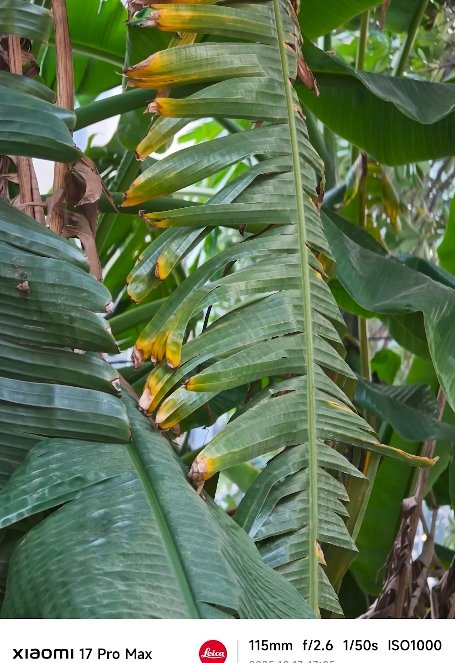
In terms of sharpness and fine detail, both phones perform exceptionally well. The Xiaomi 17 Pro Max emphasizes crispness, sometimes applying extra contrast to make details stand out more vividly. This effect is impressive in cityscapes or outdoor scenes, but it can sometimes make textures appear slightly exaggerated. The OnePlus 13 Ultra, meanwhile, produces smoother detail that feels closer to what the human eye sees. Its photos appear less processed, offering better tonal depth and preserving the natural feel of the image. This makes OnePlus particularly strong for photography enthusiasts who prefer a realistic output that can be fine-tuned later through editing.
In low-light and night photography, both smartphones demonstrate major advancements, but they approach the challenge differently. The Xiaomi 17 Pro Max captures bright and bold night scenes with excellent exposure control. Lights appear vibrant, and the image retains good clarity without significant noise. However, its processing can slightly amplify contrast, which may make dark areas look deeper than they actually are. The OnePlus 13 Ultra handles night scenes more softly, producing a balanced exposure with minimal glare. Streetlights, neon signs, and reflections look natural, and the phone maintains better control over highlights. For users who prioritize night cityscapes or portraits in dim lighting, OnePlus offers a cleaner, more cinematic aesthetic.
When it comes to ultra-wide and zoom photography, the two flagships once again showcase their strengths. Xiaomi’s 5x optical periscope zoom captures distant objects with excellent sharpness and color consistency. The images retain a vibrant tone, making landscapes and architectural shots pop. The ultra-wide camera performs well but tends to slightly narrow the field of view compared to OnePlus. In contrast, the OnePlus 13 Ultra’s ultra-wide lens captures more expansive frames and maintains better edge clarity, especially when photographing large scenes or interiors. Its telephoto lens also produces highly detailed zoom images with balanced contrast and minimal distortion.
Color science is another key difference between the two. Xiaomi’s Leica collaboration delivers two distinct image profiles — Vibrant and Authentic. The Vibrant mode enhances saturation and contrast for bold visuals, while the Authentic mode offers a more classic film-like tone. OnePlus, through its Hasselblad tuning, keeps its color output closer to natural human perception. Greens, blues, and skin tones appear realistic, avoiding oversaturation. In real-world photos, the OnePlus color reproduction is consistent across all lenses, which helps maintain a professional touch.
For video performance, both smartphones perform at flagship level, though their priorities differ. Xiaomi’s 17 Pro Max can record up to 8K resolution, offering content creators unmatched flexibility in post-production. The videos show impressive stabilization and smooth focus transitions. OnePlus, while focusing on 4K resolution, excels in consistency and realistic exposure. It handles moving subjects gracefully, making it ideal for casual videography and travel vlogs.
Overall, both phones excel in delivering top-tier photography experiences but cater to different creative preferences. The Xiaomi 17 Pro Max is perfect for users who love rich colors, bold contrast, and visually impactful shots. It offers a more artistic feel that stands out instantly. The OnePlus 13 Ultra, on the other hand, provides a refined, true-to-life approach that appeals to photographers who value natural tones and professional balance.
In conclusion, the Xiaomi 17 Pro Max and OnePlus 13 Ultra represent two philosophies of mobile photography — one leaning toward expressive creativity and the other toward precise realism. For USA buyers looking for a camera phone that blends artistic versatility with reliable performance, the choice depends on personal taste. If you enjoy vibrant, stylized photos ready for sharing, Xiaomi’s 17 Pro Max delivers excitement. If you prefer a true representation of the world as it is, with natural light and subtle color accuracy, the OnePlus 13 Ultra stands out as the more refined option. Both redefine how flagship smartphones capture real life in 2025.
